Precision Engineering in Agricultural and Mechanical Components
In the intricate world of mechanical engineering, certain components play a crucial role in ensuring the smooth operation of machinery, especially in the agricultural sector. From the gears that transfer power to the seats that facilitate meshing, each part contributes to the overall functionality and efficiency. Arc gear, meshing seat, harvester gear shaft, corn gear, and returning gear are among the key elements that are integral to various mechanical systems, particularly those found in agricultural equipment.
The Intricate Design and Function of Arc Gear
Arc gears are known for their unique tooth profile, which sets them apart from traditional gears. Unlike standard spur or helical gears, arc gear features curved teeth that enable smoother and more efficient power transmission. In industrial applications, this design reduces the impact forces generated during meshing, resulting in less noise and vibration. For example, in heavy - duty machinery where high torque is required, arc gears can distribute the load more evenly across the tooth surface. This not only extends the lifespan of the gear but also improves the overall reliability of the mechanical system. The precise manufacturing of arc gears involves advanced machining techniques to ensure the accuracy of the curved tooth profile, making them a critical component in high - performance mechanical assemblies.
The Significance of Meshing Seat in Gear Systems
The meshing seat serves as a vital interface in gear systems. It provides the necessary support and alignment for gears to mesh properly. A well - designed meshing seat ensures that the gears are correctly positioned, minimizing backlash and maximizing power transfer efficiency. In agricultural machinery, such as tractors and harvesters, the meshing seat plays a crucial role in maintaining the synchronization of different gear components. If the meshing seat is not properly engineered or installed, it can lead to uneven wear of the gears, increased energy consumption, and even mechanical failures. Manufacturers pay close attention to the material and surface finish of the meshing seat to ensure durability and smooth operation. High - quality materials, such as alloy steels with appropriate heat treatment, are often used to withstand the rigors of continuous meshing and heavy loads.
Harvester Gear Shaft: The Backbone of Harvesting Equipment
The harvester gear shaft is a fundamental component in agricultural harvesters. It serves as the central axis around which various gears and mechanisms rotate, transmitting power from the engine to different parts of the harvester. These shafts are subjected to high levels of stress, including torsional and bending forces, during operation. To withstand these forces, harvester gear shafts are typically made from high - strength materials and undergo rigorous manufacturing processes. For instance, they may be forged to enhance their mechanical properties and then precisely machined to achieve the required dimensional accuracy. In a combine harvester, the gear shaft is responsible for driving the cutting, threshing, and separating mechanisms. Any defect or wear in the harvester gear shaft can disrupt the entire harvesting process, leading to reduced productivity and increased maintenance costs.
Corn Gear: Specialized for Agricultural Operations
Corn gear is specifically designed for use in machinery related to corn cultivation and harvesting. These gears are engineered to handle the unique demands of working with corn, such as the need to manage the high torque required for tasks like cutting and shelling. Corn gears often have specific tooth profiles and sizes that are optimized for efficient engagement with other components in corn - related machinery. In a corn picker, for example, the corn gear ensures that the picking mechanism operates smoothly, separating the corn cobs from the stalks without causing excessive damage. The material used for corn gears is also carefully selected to resist wear and tear, as they are constantly in contact with the abrasive surfaces of corn stalks and cobs. Additionally, the design of corn gears may incorporate features to prevent clogging, ensuring continuous operation during the harvesting season.
Returning Gear: Facilitating Reverse and Reciprocating Movements
Returning gear is an essential part of mechanical systems that require reverse or reciprocating movements. In agricultural machinery, it enables equipment to move backward, which is crucial for tasks such as maneuvering in tight spaces or backing up to load harvested crops. Returning gears work in conjunction with other gear components to change the direction of power transmission. They are designed to handle the sudden changes in load and direction without causing damage to the gear system. In some cases, returning gears may be part of a more complex gearbox mechanism that allows for multiple speed and direction options. For example, in a tractor's transmission system, the returning gear enables the operator to shift between forward and reverse gears smoothly, ensuring the tractor can perform various tasks efficiently in the field.
FAQs about Mechanical Components in Agricultural and Industrial Machinery
How to Maintain the Performance of Arc Gear?
To maintain the performance of arc gear, regular inspection is essential. Check for signs of wear, such as tooth surface pitting or uneven wear patterns. Lubrication is also crucial; use high - quality gear oil recommended by the manufacturer and change it at the specified intervals. Keep the gear system clean to prevent the accumulation of debris that could cause damage. Additionally, ensure proper alignment of the gears and the meshing seat, as misalignment can accelerate wear and reduce efficiency. If any damage or excessive wear is detected, it may be necessary to replace the arc gear promptly to avoid further issues in the mechanical system.
What Factors Affect the Lifespan of the Meshing Seat?
Several factors can impact the lifespan of the meshing seat. The quality of the material used is a primary factor; inferior materials may wear out more quickly under heavy loads. The operating conditions, such as the level of vibration, temperature, and the type of load (static or dynamic), also play a significant role. Improper installation or alignment of the meshing seat can lead to uneven stress distribution, causing premature wear. Additionally, the frequency and quality of maintenance, including lubrication and cleaning, can affect how long the meshing seat lasts. Regularly monitoring and addressing these factors can help extend the lifespan of the meshing seat and ensure the reliable operation of the gear system.
How to Select the Right Harvester Gear Shaft?
When selecting a harvester gear shaft, consider the power requirements of the harvester. The shaft should be able to handle the maximum torque and rotational speed of the machinery. Look at the material properties; high - strength alloy steels with good fatigue resistance are often preferred. The dimensions of the gear shaft, including its diameter and length, must match the design requirements of the harvester's gearbox and other components. Pay attention to the manufacturing process as well; forged and precisely machined shafts generally offer better performance and durability. It's also advisable to choose a gear shaft from a reputable manufacturer with a track record of producing reliable agricultural components.
Can Corn Gear Be Used in Other Agricultural Machinery?
While corn gear is specialized for corn - related operations, in some cases, it may be used in other agricultural machinery with similar power transmission and mechanical requirements. However, it's important to assess whether the gear's design, tooth profile, and size are suitable for the new application. Different crops and agricultural tasks may have varying load characteristics and operational demands. For example, the torque requirements for processing soybeans may differ from those for corn. Using a corn gear in an inappropriate application could lead to inefficient operation, increased wear, or even mechanical failures. It's best to consult with engineers or machinery experts to determine if a corn gear can be adapted for use in other agricultural machinery.
How Does the Design of Returning Gear Impact Its Function?
The design of returning gear significantly impacts its function. The tooth profile and number of teeth determine the gear ratio and the smoothness of the direction change. A well - designed tooth profile ensures that the gears mesh smoothly when shifting between forward and reverse, reducing impact forces. The strength and rigidity of the returning gear are also important, as it needs to withstand the sudden changes in load during direction reversal. Additionally, the integration of the returning gear with other components in the gearbox, such as synchronizers or clutches, affects its performance. A properly designed returning gear system allows for quick and seamless transitions between different directions of movement, enhancing the overall operability of the machinery.
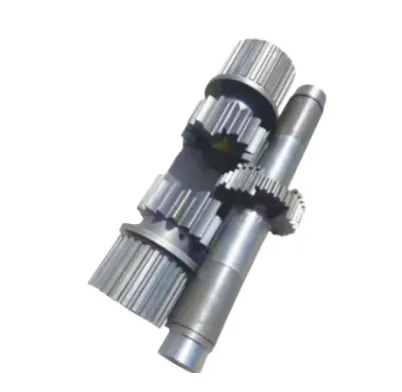
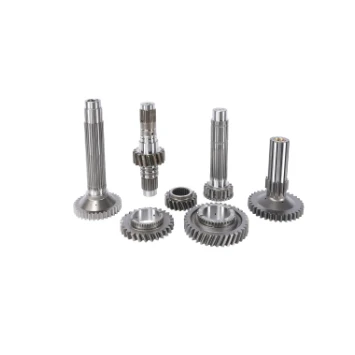
The agricultural and industrial machinery sector is experiencing remarkable growth, and at the heart of this expansion lies the trade and supply of tractors.
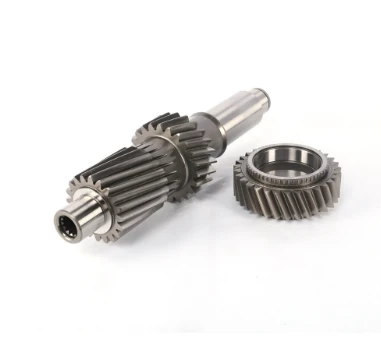
In the world of heavy - duty construction, the seamless operation of machinery is crucial for large - scale projects.
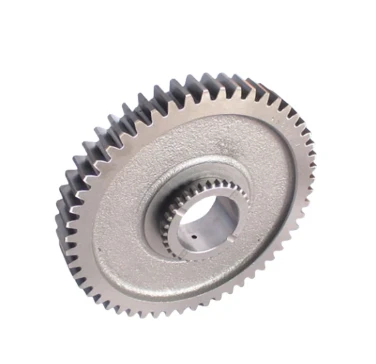
The world of tractors is vast and varied, catering to both practical agricultural needs and the passionate interests of collectors.
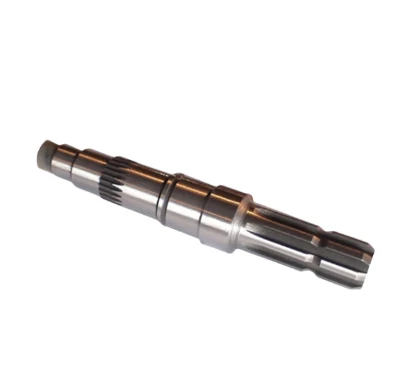
The agricultural and construction machinery landscape is constantly evolving, with tractors standing as essential workhorses for a variety of tasks.
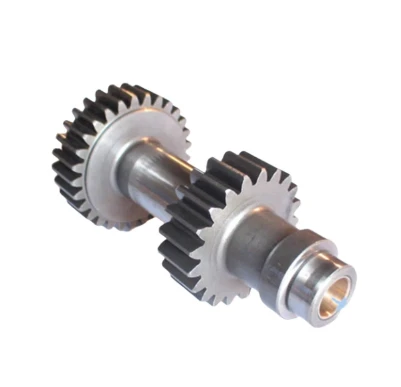
In the intricate world of mechanical engineering, gears are fundamental components that enable the seamless transfer and manipulation of power.
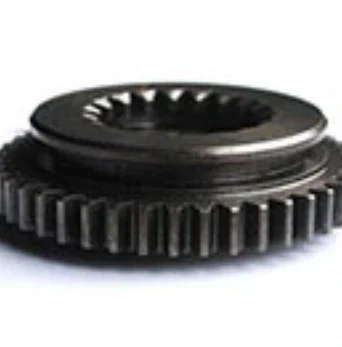
The market for tractors is a bustling hub, catering to a wide range of needs from large - scale farming operations to small - scale gardening projects.
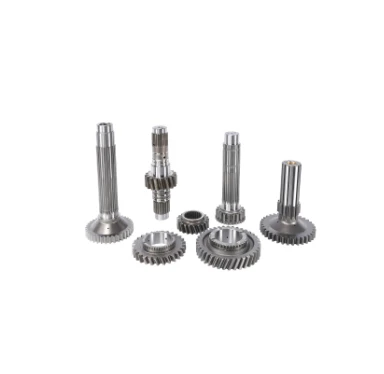
In the dynamic world of farming, machinery has become an essential part of efficient and productive operations.
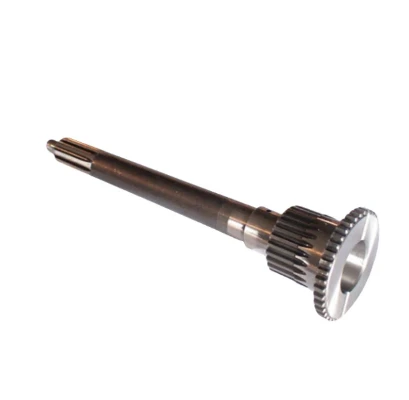
In the expansive realm of agriculture, various tools and machines play crucial roles in ensuring efficient crop production and overall farm management.
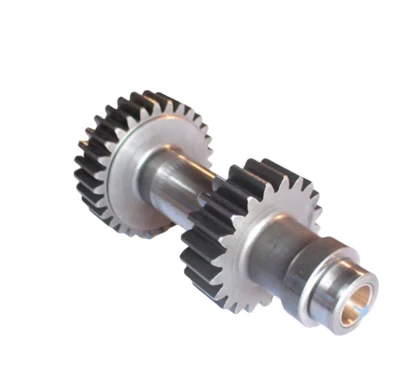
Tractors are essential workhorses in the agricultural and construction sectors, playing a pivotal role in a wide range of tasks.
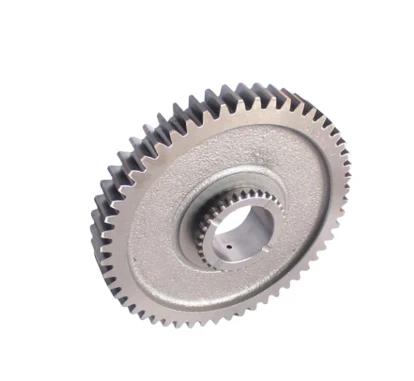
The agricultural and construction sectors rely heavily on tractors for their operations, and the entities involved in the production, distribution, and pricing of these machines shape the industry's trajectory.
International layout
Spread all over the world
our products are exported to various parts of the world. Currently, our products have been exported to more than 40 countries Our products cover Asia, Europe, Africa, South America, North America, and Oceania
Sign up
for Newsletter
Subscribe to the weekly newsletter for all the latest updates







